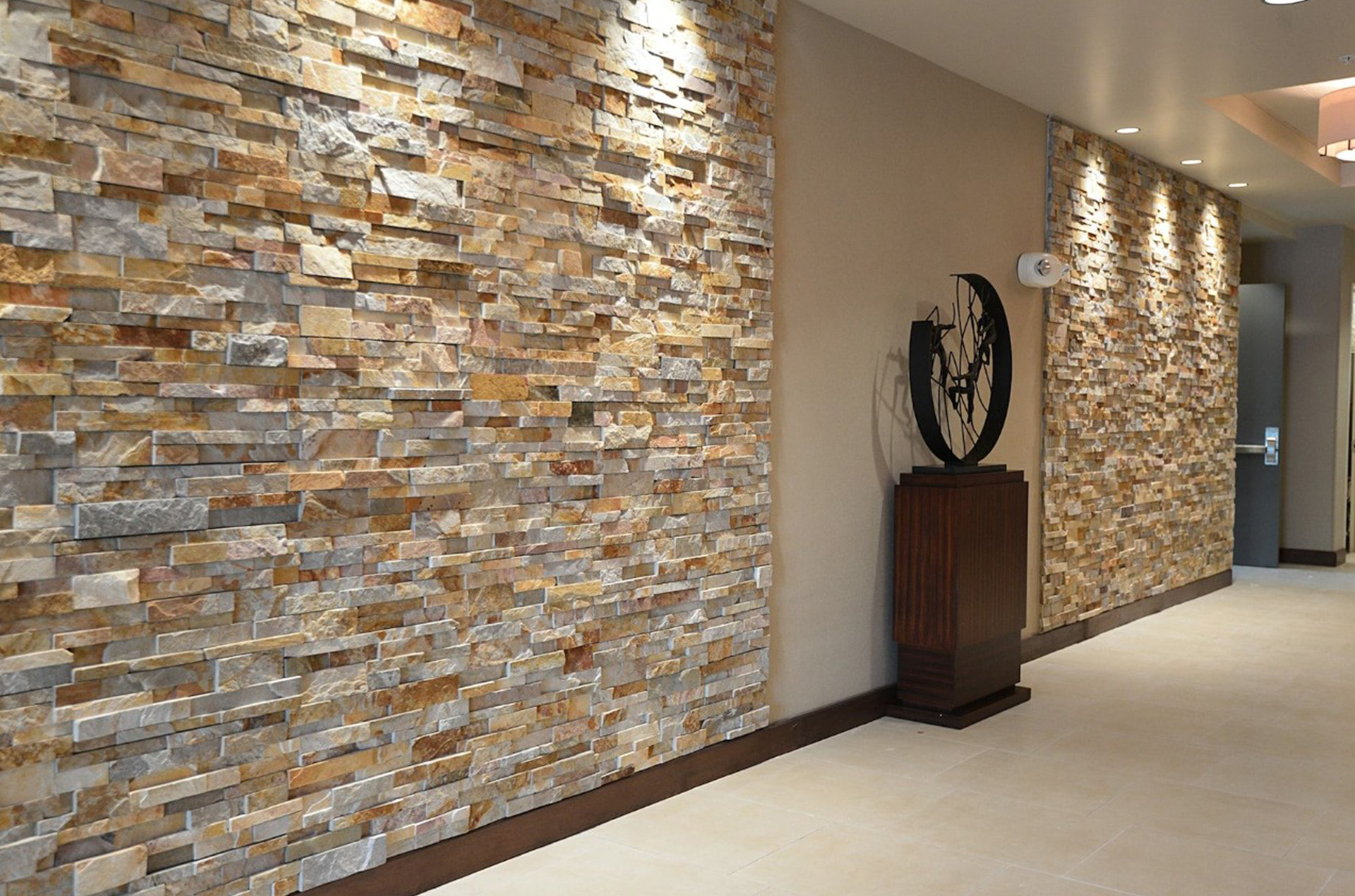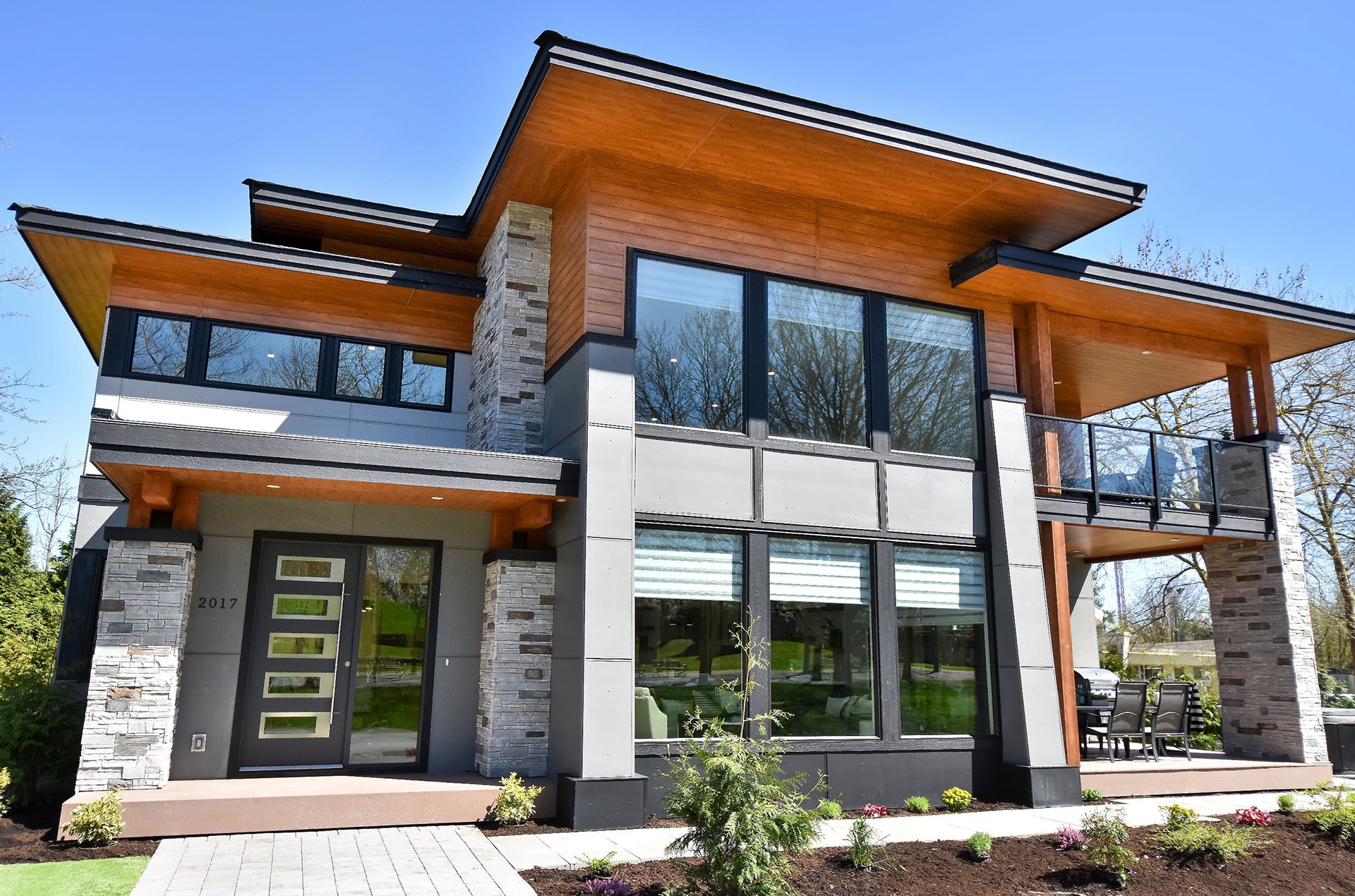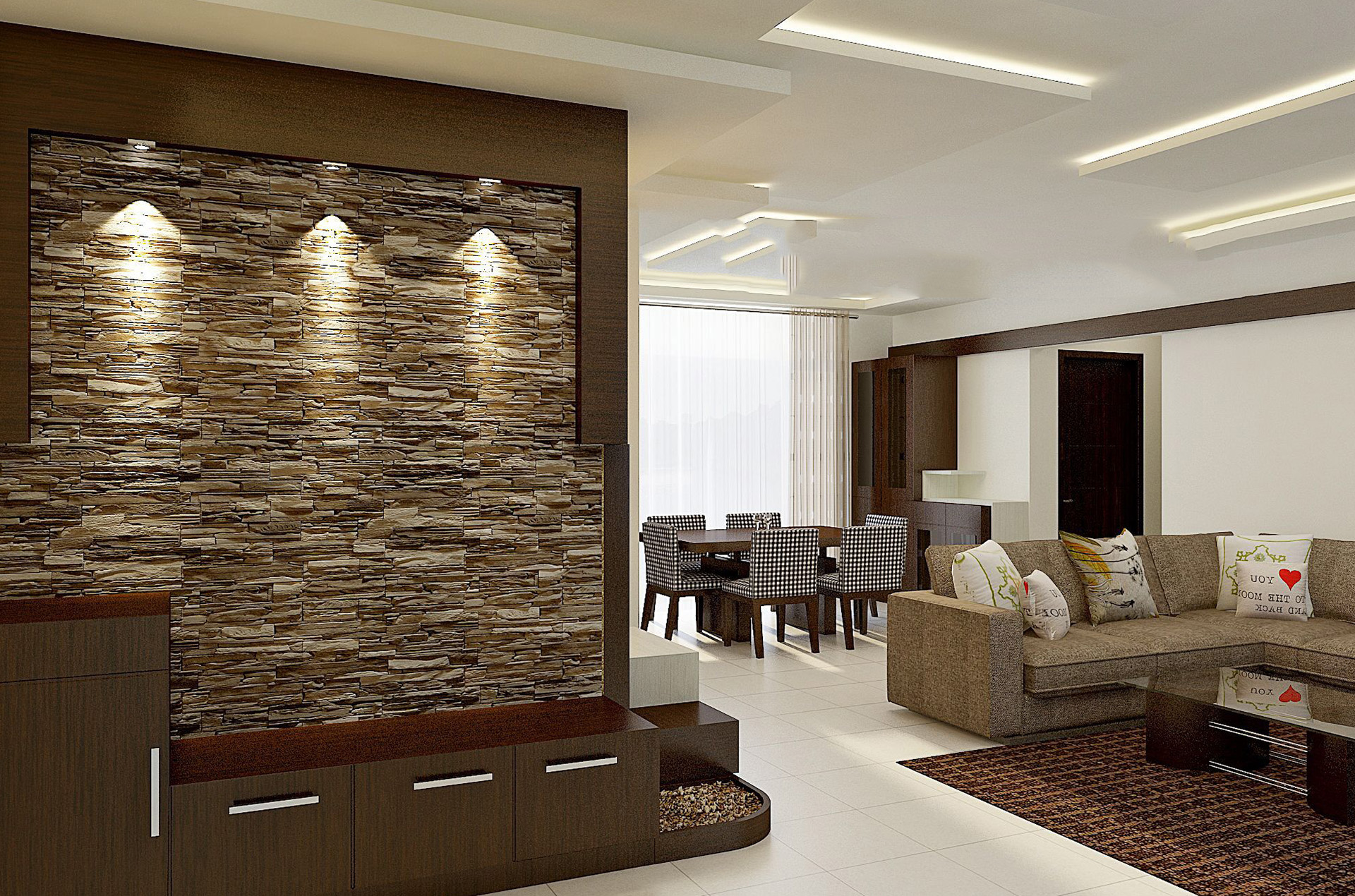Wall Cladding
Wall cladding is the process of layering one material on top of another material which will create a skin layer over the walls. Cladding is used for preventing the walls and the internal workings of a room or building from being damaged by water or allowing the leakage of water that could potentially become a hazard for people who are walking around inside of the structure. Wall cladding is available in several types and forms with different materials, texture, and dimensions. Wall claddings are used both in the interior [wallpapers] and exterior [applying a material] of a building.
Wall Cladding types are distinguished according to the type of materials used for their fabrication. With the growing demand for greater resilience and better protection at lower costs, advances in technology have added several types of choices. Each of them is discussed below.
Natural stone cladding
Natural stone cladding cost usually depends on the type of stone being purchased like Slates, Sandstones, Marble, Granites, Limestones & Quartzites. The cost is also highly dependent on the shape and size required. Claddings can be made of stone strips ranging from 2 rows to 15 rows. Therefore, the more the number of pieces in a single stone cladding, the more is the adhesive required to paste them. It provides a feeling of warmth in the building. It can be installed over a surface either made of concrete or steel.
Vinyl cladding
Vinyl cladding is available in an array of different colours. As vinyl remains one of the cheapest cladding materials and comes alongside proven energy efficiency, not only can it save you money during the installation process but also in the future. Panels can even be fitted with an additional layer of insulation that forms a temperature-controlling blanket over your property, keeping the space warm in the Winter and cool in the Summer. Compared to its alternatives, vinyl is considerably more lightweight, allowing panels to be completely flexible when covering a building. It is dent-resistant & flake proof and does not require re-painting.



